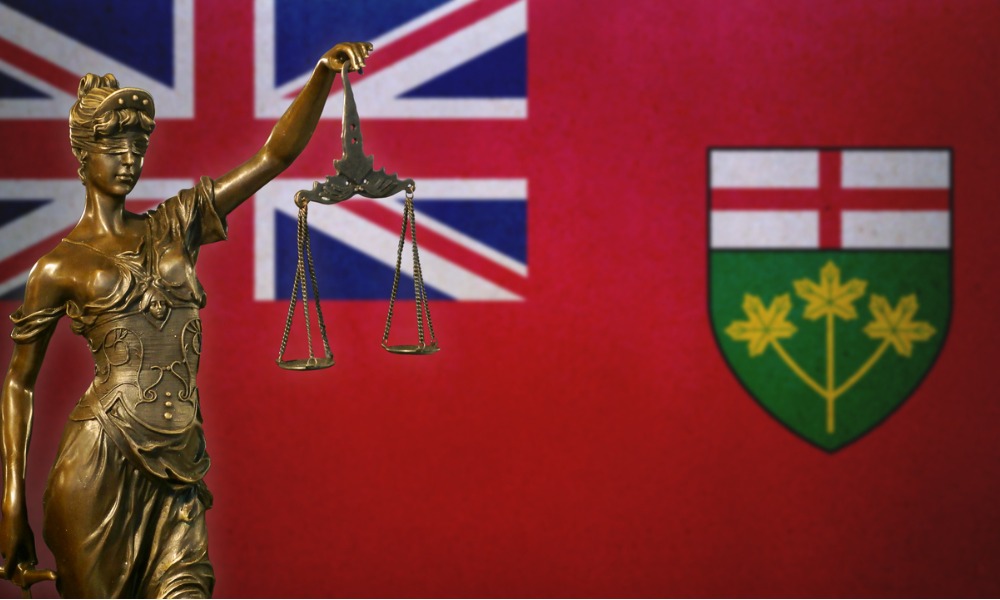Federal court | Industrial And Intellectual Property
PATENTS
Second patent did not set out support for alleged clinical superiority
Action by patentee against competitor for relief for patent infringement. Patentee was pharmaceutical company involved in developing medications for treatment of schizophrenia. Earliest medications used for schizophrenia tended to produce extra-pyramidal symptoms (“EPS”) such as restlessness, stiffness, twitching, and facial contortions. Newer drug called clozapine did not induce EPS but sometimes resulted in cessation of production of white blood cells. Patentee sought to produce safer version of clozapine. Patentee synthesized variant of clozapine and obtained patent covering 15 trillion compounds with similar chemical structure. Patentee then sought to produce some of these compounds for medicinal use and eventually found olanzapine to be effective. Patentee was granted second patent that covered only olanzapine. Competitor marketed generic version of olanzapine. Action dismissed. Competitor failed to establish insufficiency of disclosure but did establish lack of utility. Second patent was selection patent and therefore had to promise something more than was promised in first patent. Second patent proclaimed number of advantageous qualities for olanzapine when compared to other compounds covered by first patent and to other known medications used in treatment of schizophrenia. Evidence available at time patent application was filed did not demonstrate olanzapine could meet promise of second patent. Evidence showed that patentee could not even draw prima facie reasonable inference from information available at time of patent application that olanzapine could treat schizophrenia patients significantly better, and with fewer side effects, than other known antipsychotic drugs. One particular concern, in light of chronic nature of schizophrenia, was lack of long-term studies. Second patent had not even set out line of reasoning to support its alleged clinical superiority in treatment of schizophrenia with better side effect profile.
Eli Lilly Canada Inc. v. Novopharm Ltd. (Nov. 10, 2011, F.C., O’Reilly J., File No. T-1048-07) 208 A.C.W.S. (3d) 840 (102 pp.).
Second patent did not set out support for alleged clinical superiority
Action by patentee against competitor for relief for patent infringement. Patentee was pharmaceutical company involved in developing medications for treatment of schizophrenia. Earliest medications used for schizophrenia tended to produce extra-pyramidal symptoms (“EPS”) such as restlessness, stiffness, twitching, and facial contortions. Newer drug called clozapine did not induce EPS but sometimes resulted in cessation of production of white blood cells. Patentee sought to produce safer version of clozapine. Patentee synthesized variant of clozapine and obtained patent covering 15 trillion compounds with similar chemical structure. Patentee then sought to produce some of these compounds for medicinal use and eventually found olanzapine to be effective. Patentee was granted second patent that covered only olanzapine. Competitor marketed generic version of olanzapine. Action dismissed. Competitor failed to establish insufficiency of disclosure but did establish lack of utility. Second patent was selection patent and therefore had to promise something more than was promised in first patent. Second patent proclaimed number of advantageous qualities for olanzapine when compared to other compounds covered by first patent and to other known medications used in treatment of schizophrenia. Evidence available at time patent application was filed did not demonstrate olanzapine could meet promise of second patent. Evidence showed that patentee could not even draw prima facie reasonable inference from information available at time of patent application that olanzapine could treat schizophrenia patients significantly better, and with fewer side effects, than other known antipsychotic drugs. One particular concern, in light of chronic nature of schizophrenia, was lack of long-term studies. Second patent had not even set out line of reasoning to support its alleged clinical superiority in treatment of schizophrenia with better side effect profile.
Eli Lilly Canada Inc. v. Novopharm Ltd. (Nov. 10, 2011, F.C., O’Reilly J., File No. T-1048-07) 208 A.C.W.S. (3d) 840 (102 pp.).







